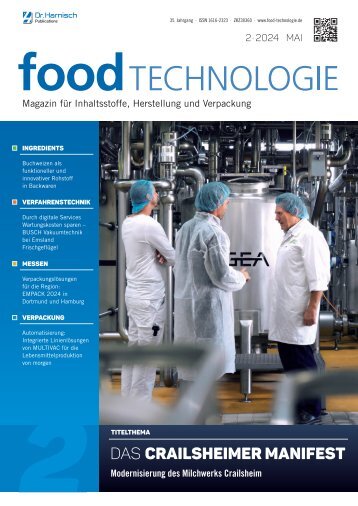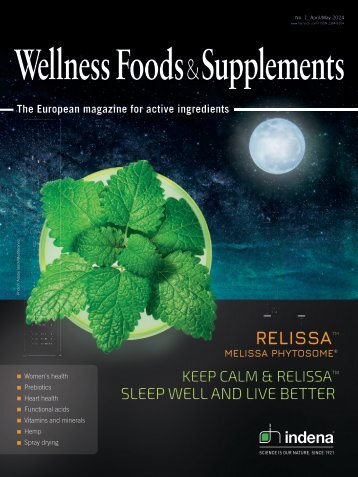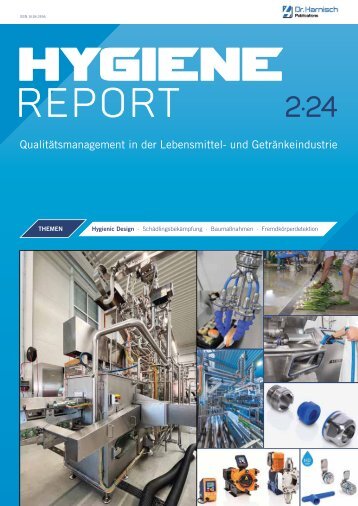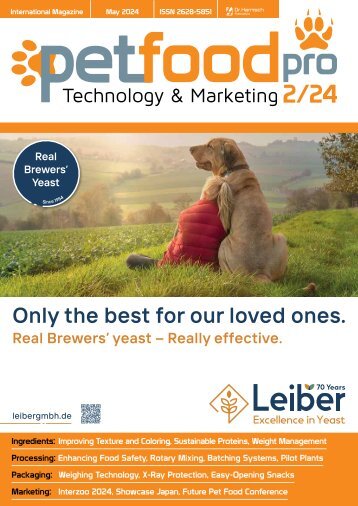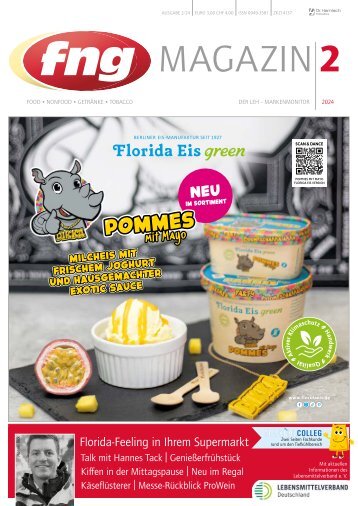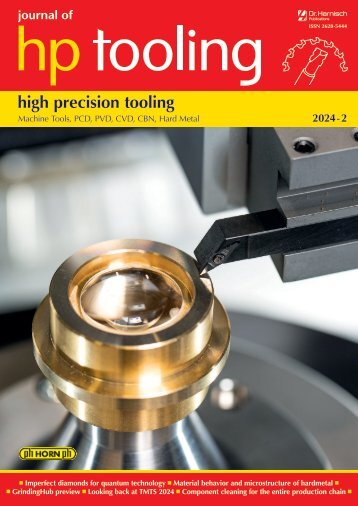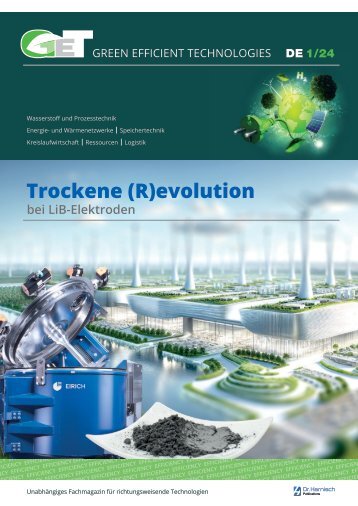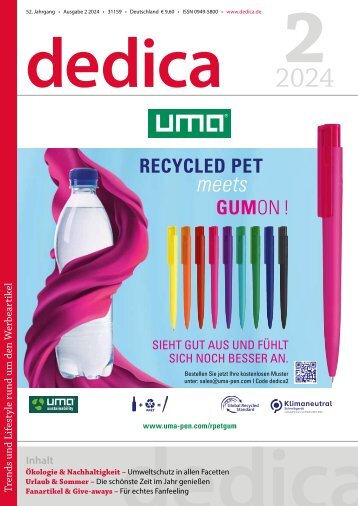food Marketing & Technology 5/2021
- Text
- Ingredients
- Marketing
- Products
- Processing
- Packaging
- October
- Germany
- Consumers
- Hygienic
- Pumps
- Harnischcom
Packaging their
Packaging their expectations of product quality and food safety. This is seen in product specifications getting stricter: not so long ago, it was acceptable for a ton of nuts to contain up to 20 pieces of shell, but today many wholesalers insist on there being no more than five pieces per ton - or in some cases, fewer than one. On the first run through the TOMRA 5C, when the machine is equipped with double-sided BSI+ scanners, a search is made for foreign materials, allergens, shell pieces, and shells within the Pecan. On the second run, using a high-resolution double-sided laser and a single BSI+ scanner, the sorter detects and ejects hard-to-find product defects such as rancidity, mold, septa, shriveled nuts, and dark (red or black) nuts.Then in the final step before distribution, the pecans are inspected by the TOMRA 5B for grading by shape and perhaps also by color. Prior to packing, processors aiming for the highest quality kernel uses the IXUS Bulk X-Ray machine to do a final inspection for foreign material such as stone, wood, plastics – before being packed. Walnuts also subjected to multiple checks Walnuts are sold in so many different sizes, grades, and product types that they are the most complicated of all nuts to process. Booming global demand for walnuts creates a need to process them in ever-greater quantities, while consumers are simultaneously raising their expectations of product quality and food safety. This is seen in product specifications getting stricter: not so long ago it was acceptable for a ton of nuts to contain up to 20 pieces of shell, but today many wholesalers insist on there being no more than five pieces per ton - or in some cases, fewer than one. In the first stage, before cracking, the huller will put the walnuts through the Ixus Bulk x-ray sorter to remove foreign materials which could damage the shelling equipment. After sizing and shelling, the nuts are passed through a TOMRA 3C optical sorter at high capacity to remove shell fragments. Then the TOMRA 5C (or its predecessor, the Nimbus) works its magic no fewer than three times, before a final inspection is made by the TOMRA 5B. TOMRA’s ability to handle the product gently is critical in walnuts because they are quite fragile and breakage will reduce their value. Hazelnuts are not much easier With hazelnuts, ensuring food safety and product quality is equally complicated. These nuts are usually hand-picked but processors will still need to remove many of the same defects such as stones and other foreign material. Hazelnuts will be run through a TOMRA 3C before cracking, to remove unwanted items such as sticks, stones, and loose kernels, then re-sorted to 46 food Marketing & Technology • October 2021
Packaging separate the loose kernels from the sticks and stones. Another TOMRA 3C is used after cracking, focused mainly on the shell pieces generated by the cracking process. After this, there is the more intensive part of hazelnut sorting. The TOMRA 5C (or its predecessor, the Nimbus) is used at least twice, with some processors choosing to send the ejected product to another TOMRA 5C to recover what’s saleable at a lower grade. Both these inspections are made with double-sided BSI+ scanners (and perhaps also a high-resolution laser), to find and remove product imperfections such as mold, shrivel, oblong, and cimiciato insect damage. Only by using TOMRA’s unique Biometric Signature Identification technology is it possible to find such damage. Finding the deadly toxin hidden in peanuts Of all the threats faced by nut processors, potentially the most challenging can be hidden inside peanuts. This is aflatoxin, a naturally occurring mycotoxin which it’s important to remove. Produced by certain Aspergillus molds (fungi) on plants such as corn and grain, or more commonly in the ground, this toxin usually develops in the field - and because it tends to occur in ‘hot spots,’ test samples don’t always find it. But TOMRA’s Detox Machine does. This special design, incorporated in the TOMRA Nimbus machine, makes it possible to identify the extremely low intensity of light reflected by aflatoxin producing mold in peanuts and remove them. This extraordinary capability has the power to save peanut processors and retailers from the kind of product recalls that bring brands to their knees. With sorters, it’s ‘mission accomplished’ Although TOMRA’s sorting technologies are sophisticated, all are designed to be easy to use. What’s more, these machines are remotely controllable and easily networked, and some even possess self-learning abilities to refine their sorting accuracy continually. As a result, false rejection rates are low, yields are high, and nut processors are empowered to conquer even the most daunting of operational challenges. fmt MANAGING ENERGY EFFICIENTLY HRS provide a range of tubular and scraped surface heat exchangers, components, modules and complete processing systems that help you to optimise production, make the most of raw materials, while reducing energy consumption, waste and emissions: Pasteurisation Evaporation Sterilisation Aseptic Filling CIP Systems Hot Water Sets info@uk.hrs-he.com food Marketing & Technology • October 2021 +44 1923 232 47335 www.hrs-heatexchangers.com
- Seite 1 und 2: 5/21 Vol. 35 • 31377 ISSN 0932-27
- Seite 3 und 4: Editorial Drinking your Daily Dairy
- Seite 5 und 6: Vol. 35 • 31377 ISSN 0932-2744 5/
- Seite 7 und 8: Cover Story fed into the pump,” e
- Seite 9 und 10: Ingredients Dietary fibers as Healt
- Seite 11 und 12: Ingredients The leading in-person a
- Seite 13 und 14: Ingredients rather short and brittl
- Seite 15 und 16: Ingredients a route to, among other
- Seite 17 und 18: Ingredients New Sports Nutrition In
- Seite 19 und 20: Ingredients Food Ingredients offers
- Seite 21 und 22: Ingredients IFT FIRST: Ingredient S
- Seite 23 und 24: Ingredients Efficient, reliable tes
- Seite 25 und 26: Processing SIMULATE WHOLE MUSCLE ME
- Seite 27 und 28: Processing Extended Power Range up
- Seite 29 und 30: Processing A collector conveyor has
- Seite 31 und 32: Processing together with a fast val
- Seite 33 und 34: Processing Online Moisture Measurem
- Seite 35 und 36: Processing During the smoking proce
- Seite 37 und 38: Processing sufficiently fine a size
- Seite 39 und 40: Processing When the transmission is
- Seite 41 und 42: Processing process becomes more tho
- Seite 43 und 44: Processing All-Seeing Solution Brin
- Seite 45: Packaging The relentless search for
- Seite 49 und 50: Packaging with the packaging system
- Seite 51 und 52: Packaging each critical FM object d
- Seite 53 und 54: Marketing Cama Group Celebrates 40t
- Seite 55 und 56: Events Success for PPMA as the Show
- Seite 57 und 58: Q4 2021 26-28 October Lagos, Nigeri
- Seite 59 und 60: Vol. 35 • 31377 ISSN 0932-2744 5/
Unangemessen
Laden...
Magazin per E-Mail verschicken
Laden...
Einbetten
Laden...








































